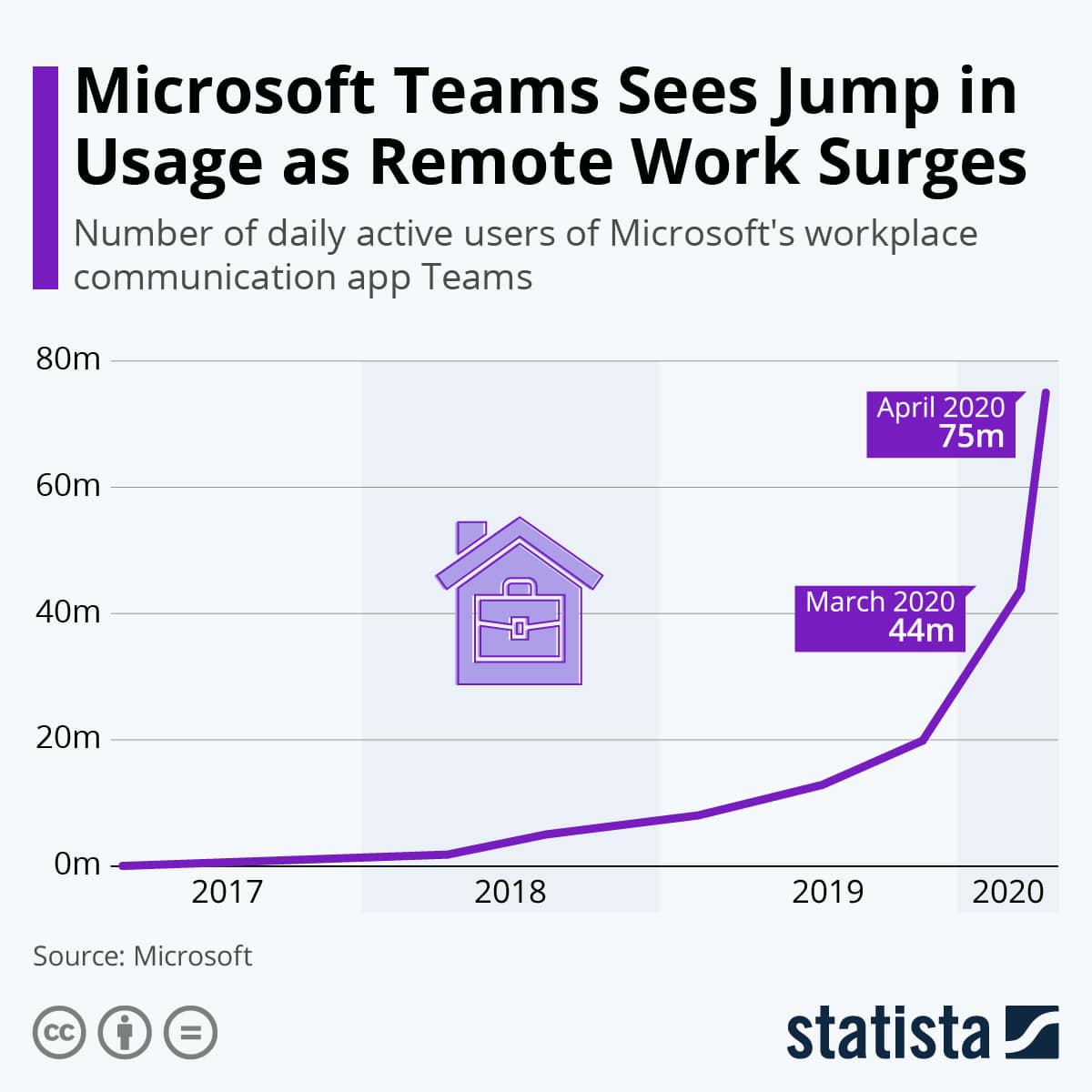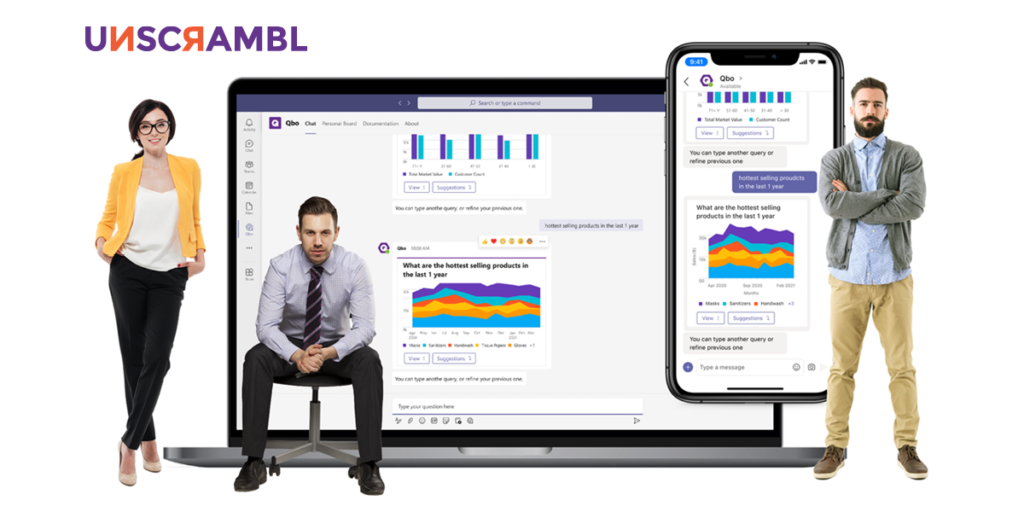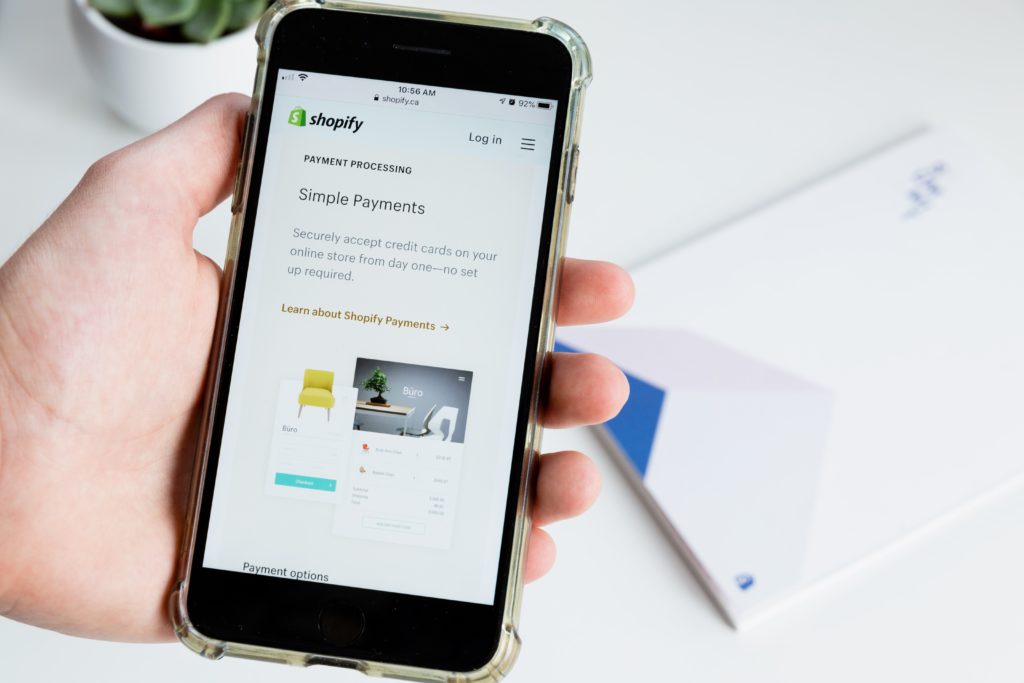 3 Minutes
3 Minutes

Long live collaboration tools. But where’s the data?
Introduction
Digital collaboration at the workplace seems to have finally achieved its critical velocity and transformed from being a desirable attribute to an existential necessity. As remote work is becoming the new norm for several functions, the efficacy of workplace collaboration – both in terms of speed and quality, will be a determining factor for success under the yet-to-be-defined “new normal”.
Effective collaboration in a modern workplace requires more than just chat, video calls, screen sharing, and emojis. It happens when collaboration leads to better, faster decisions – driven by data. This, however, requires seamless access to data and insights – a capability, sorely missing, in the modern collaboration tools. To make meetings more effective, this capability is much needed, or else collaboration will soon morph into an endless feed of opinions and chatter.
The mantra for every modern, progressive business has to be: Collaborate. Converse (with data). Act.
The AI-driven collaboration platform: Where work gets done
Global giants like Google, Facebook, and Twitter have already implemented changes favoring remote working, and companies across a wide spectrum are poised to follow suit. As co-location of team members is no longer deemed critical, collaboration platforms have become an indispensable part of our work life.
The graph below showing the exponential surge in usage of Microsoft Teams this year illustrates the story we know intuitively.
Predictably, there is a proliferation of such tools and platforms, as each one of these strives to become a cockpit or command center that gets people and processes together to collaborate seamlessly. These platforms are helping in varying degrees to streamline business processes and provide enterprise-grade security and compliance. The inevitable roll-out of Artificial Intelligence (AI) enabled features will make them more powerful and enable users to harness the power of the collaborative platform much better.
Where’s the data?
The most popular workplace collaboration tools show some common set of features: communication management; video conferencing; document sharing and management; project management; task management; content management. The promised benefits are focused on productivity and efficiency.
You will be hard-pressed to find integration with data, analytics, and resultant intelligence in almost any of the top collaboration platforms today. How can organizations that aspire to be data-driven, work effectively without data being an integral part of where they work i.e. the platform?
A survey report titled The Digitization of Collaboration by the Harvard Business Review Analytics Series quotes Thea Singer Spitzer, a consultant and author of The Power of Collaboration: Powerful Insights from Silicon Valley about today’s collaboration as being much more than just cooperation – “It’s a matter of putting together great minds and engaging in true breakthrough thinking. That’s much more than just sharing information, or lending a hand to another group, or doing better project handoffs. It’s truly about leveraging collective intelligence and turning it into better ideas and solutions.”
Data is a key raw material for that collective intelligence; but as we continue to highlight on these pages, handling the copious amounts of data has been a serious challenge for many organizations. Geoff Soon, Managing Director, South Asia, Snowflake, highlighted several of these challenges in a recent webinar on Data sharing in the modern workplace co-hosted with Unscrambl and Microsoft. These include the inability of the existing infrastructure to ingest data at scale; time requirements and complexity of integration; limited performance and concurrence; governance and security risks and managing multiple copies of data. “Data is unfortunately siloed and there is a lack of actionable insights as it is not being readily shared or made available,” he said.
Effective collaboration with data-driven, actionable insights
This brings us to another facet of collaboration, between multiple tools/ technology vendors to facilitate the end goal: meaningful collaboration between people and teams.
Business meetings and presentations can yield better outcomes because informed and data-driven decisions can be made faster. No longer does the data team have to ‘go back, collect fresh data, and present new/ additional information’ in response to questions that inevitably crop up during important meetings involving multi-functional teams.
qbo’s conversational analytics engine translates natural language questions asked by data users into complex queries that machines understand in query time and displays visualizations and gives them the power to access and consume data, actively collaborate with colleagues to create storyboards, thereby disrupting the traditional fragmented experiences they have today.
Conclusion
The purpose and the test of effective workplace collaboration are increasing organizational efficiency, effectiveness with better (accurate) decisions, speed, and greater clarity. The collaboration platforms that integrate data and insights into the core of their offering will be the ones that can deliver the greatest value to their users. And, organizations that embrace such data-centric collaboration will prove to be one of the most powerful, competitive differentiators.
Like our post? Share it with your friends, colleagues, or on your LinkedIn profile and tag us.



